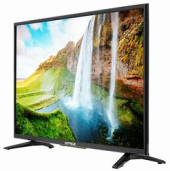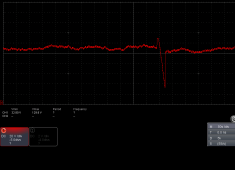Warpspeed
Solar Wizard
This is slightly like being at work where we were always chewing the cud on the why's and wherefores of different ways of doing things, an enlightening experience
Indeed it is !
In later years before retirement, I was usually just one very small part of a large design team. Always enjoyed the weekly planning meetings.
I left the magic and mystery to the IT guys, and was very glad to do that.
They in turn left me to solve my own problems of electrical noise and EMC compliance, thermal design, serviceability, and creating something that could actually be manufactured.
Always plenty to do and think about, without worrying about software bugs and the really weird esoteric stuff.
And the magicians were happy to let me play with my more practical toys.
We even had industrial designers and some "arty" type people, and even at one stage a very strange professional genius mathematician.
He was a classic character, odd socks, wild hair, and he could do in his head in minutes what would have taken the very best of us hours with a scientific calculator, even if we could understand how to even go about solving the problem.
Its absolutely amazing what a friendly team of specialists, with some overlapping skills, can achieve.
Last edited:







